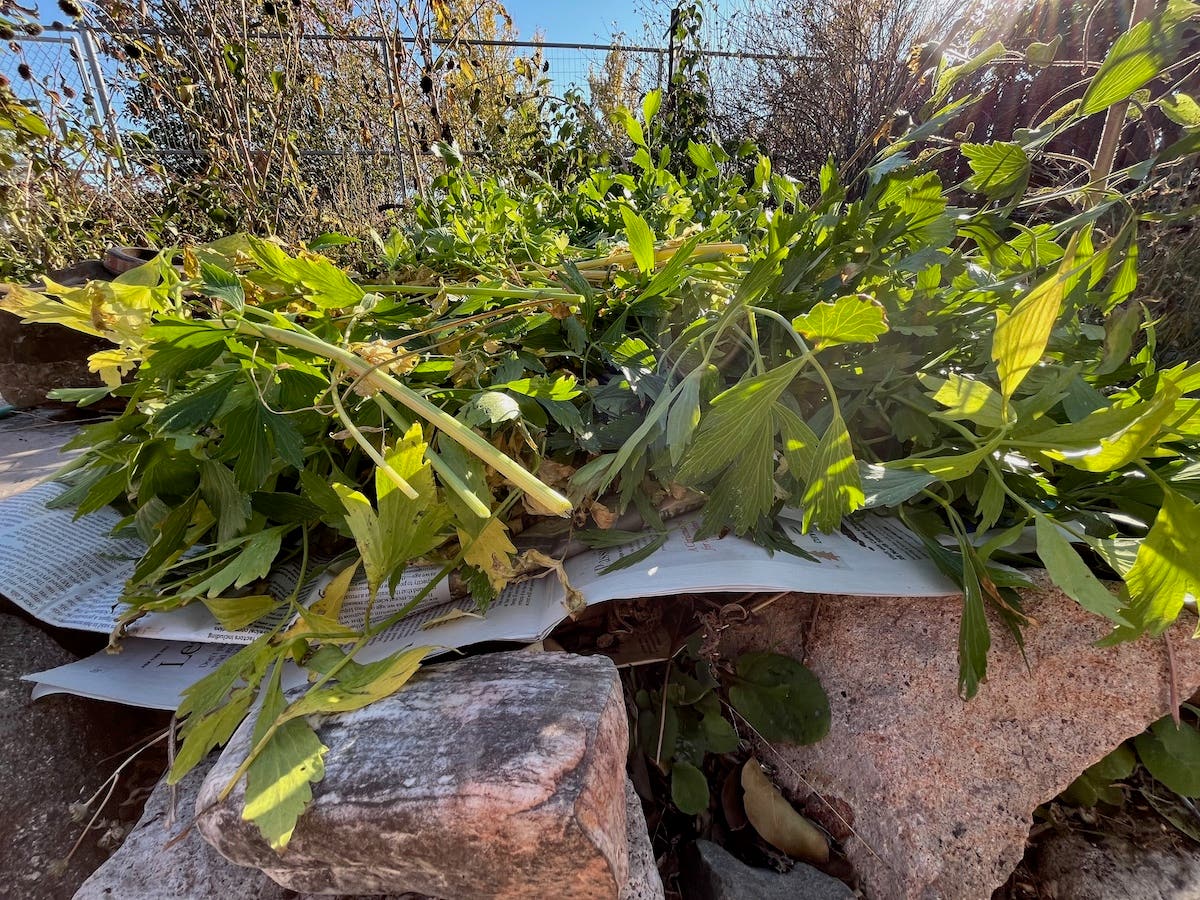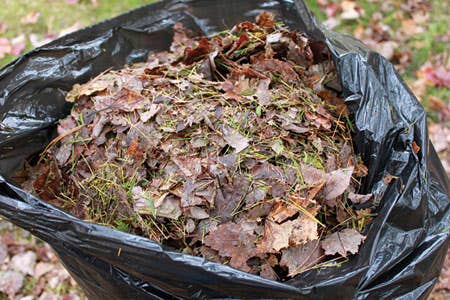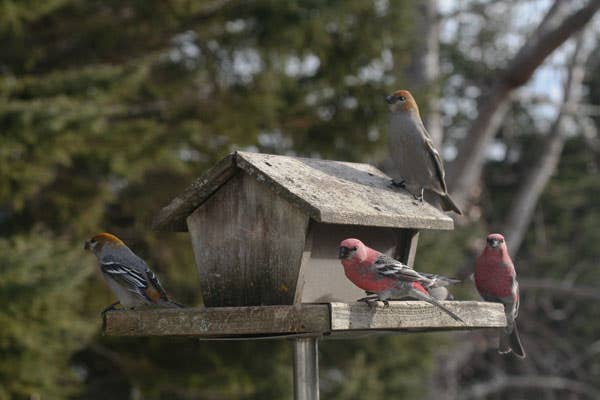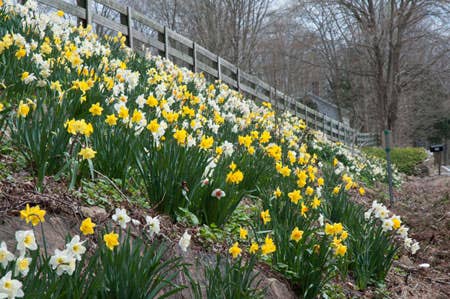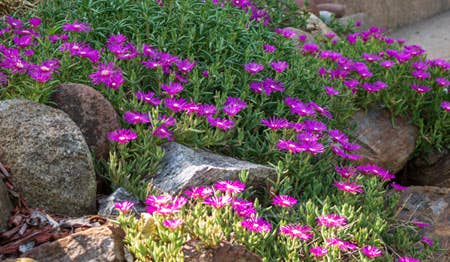Getting Started with Beekeeping
Have you considered adding a beehive to your garden? Bees will pollinate your plants and provide you with sweet honey. Beekeeping isn’t a labor-intensive activity, or an expensive one either.
Note: This text is excerpted from Keeping Bees and Making Honey by Alison Benjamin and Brian McCallum (David & Charles, 2008; 128 pages; $19.99). Click here for more info or to purchase.
Bees are fascinating, industrious creatures. They live together in a complex community and are incalculably important to the cycle of like, pollinating a large percentage of the crops we eat. One of the main reasons we decided to keep bees is that we wanted to help the environment by providing a home for nature’s master provider.
Beekeeping isn’t a labor-intensive activity. For the most part bees look after themselves and our role is to make sure the colony is kept healthy and has the space it requires. After all, bees have been getting by without us for millions of years, so you will find that with little interference they will happily produce all they need—and a bit of extra honey for you.
The work involved varies with the seasons. In winter there is little need to check on the hive. The occasional visit just to make sure that it has not been knocked over or a tree branch hasn’t fallen on it is about all that is required. There will be some work to be done away from the hive, such as making frames and supers (extensions to the hive), but this doesn’t take long and gets quicker with practice.
During the warmer months the workload increases and at certain times weekly visits are called for, but even so one colony shouldn’t take up much more than a couple hours per week in the busiest period and an hour per month in the winter.
It is useful to keep a notebook and enter everything you have done or seen at the hive. Especially if you have more than one hive, it is surprisingly easy to forget you did when and at each one. A notebook also helps you plan ahead and schedule the next visit.
Cost
Small-scale beekeeping doesn’t need to be expensive. The initial nucleus of 10,000 bees, a hive and all its components, bee suits, smoker and other equipment are the biggest outlay. Thereafter, the running costs are fairly low: a few pounds of sugar, pots, jars and labels are the only likely extras. There are many suppliers selling a whole range of gadgets and mechanized apparatus who will gladly take your money, but it is not necessary to purchase absolutely everything. More pricey items such as honey extractors can be shared or rented from local bee associations.
Shop around for your first hive and equipment. Prices vary enormously, but as with most things quality merchandise lasts longer, so buy the best you can afford. Specifically, go for a cedar-wood hive if you can. There is a second-hand market, but make sure you are buying from a responsible outlet, as disease can be transmitted through used equipment. Make sure everything has been cleaned, scorched and sterilized. Your local bee association will recommend responsible resellers in your area.
Hives are really just modified four-sided boxes. Hives and frames can be bought either assembled or as a flat pack. Flat pack is cheaper and is delivered more quickly if you’re buying mail order, but it takes time to assemble and if you don’t know one end of a hammer from the other it can be daunting at first. If you like carpentry, you can construct a hive from scratch using drawing and plans readily available from the Internet.
Neighbors
Not everyone will be as happy as you are with the idea of a beehive in their vicinity. It is only courteous to alert your neighbors to the new arrivals moving in. It should take only a few weeks for everyone to realize that bees keep to themselves and are not interested in humans. Try to allay your neighbors’ fears and reservations by highlighting the benefits of keeping bees. Tell them that bees are the best pollinators around, so trees flowers and fruit in the neighborhood will flourish; that they give us great honey—and you will gladly share a jar or two; and that they are a wonderful way to see nature at work. If anyone in the area suffers from hay fever, impress on them the medical benefits of eating local honey.
The major fear will be about being stung. Reassure them that bees are not aggressive, and because they eat only nectar and pollen, they are not interested in our food—unlike their carnivorous cousins the wasps. Bees are also quiet, don’t smell and don’t chase after people in killer swarms.
Before setting up a hive, check with your local government to be sure there are no lays forbidding beekeeping in your area.


